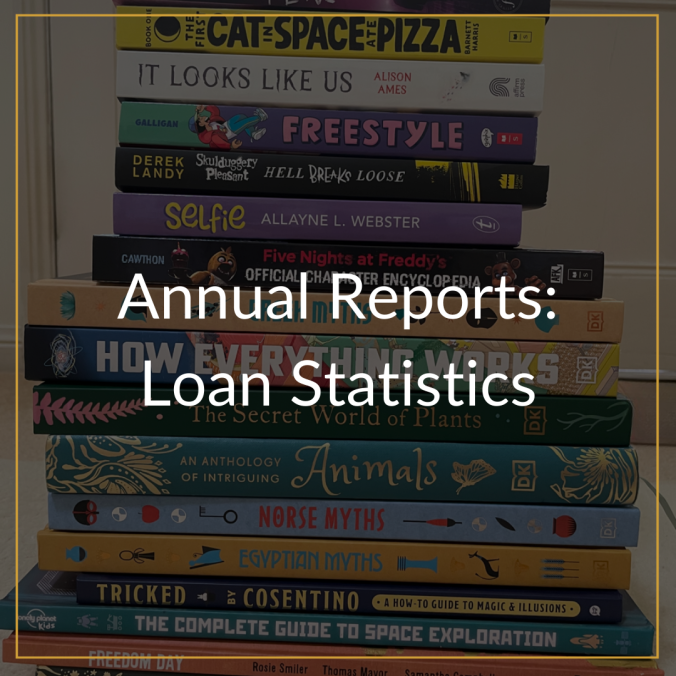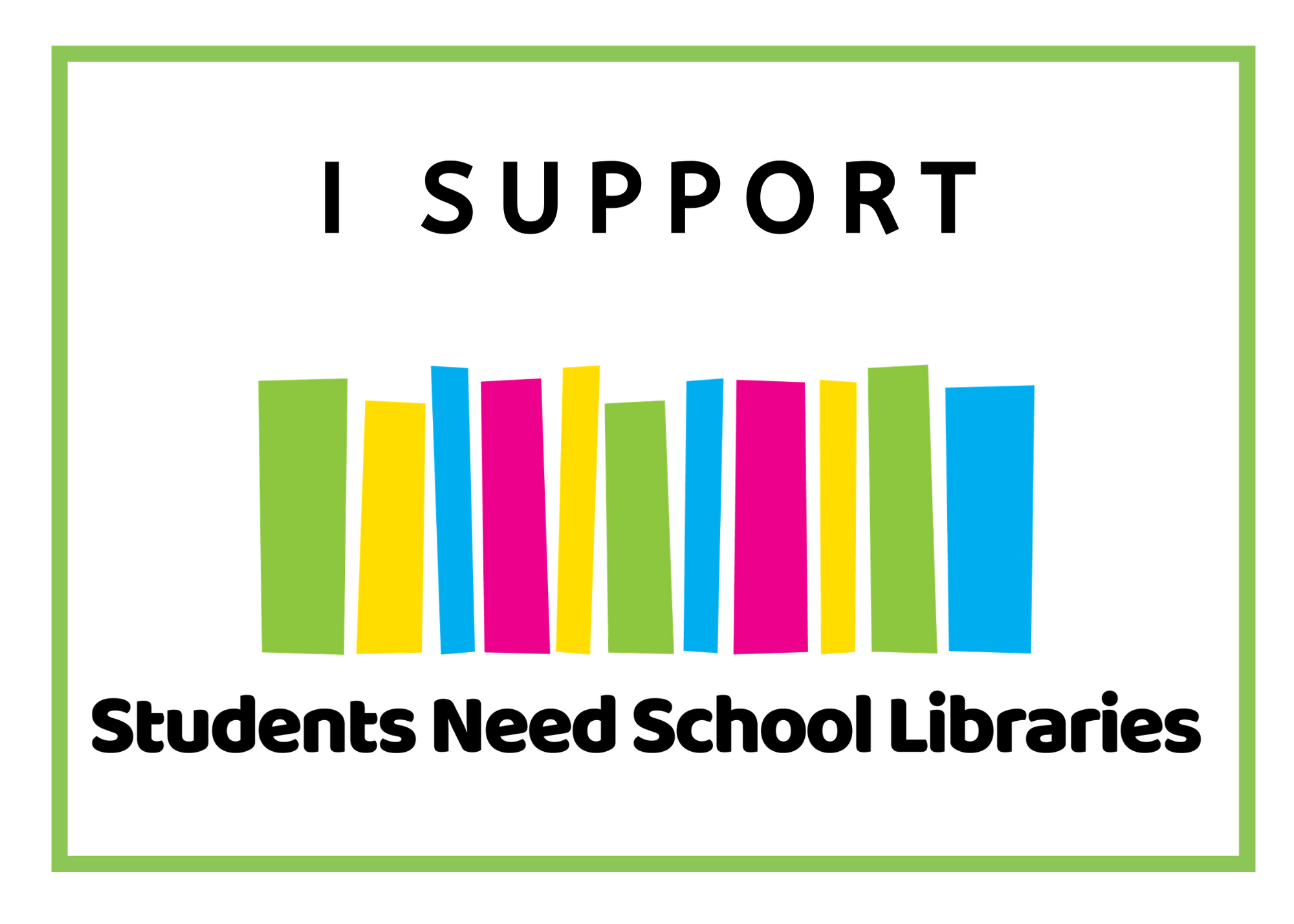Annual Reports – Loan Statistics
Do you put together an annual report for your school library? I think it is an important task to complete each year and sometimes I even create term reports, if I think they are needed. Annual reports are a fantastic advocacy tool for your school library, but they are also a wonderful way to collect data, make comparisons and reflections about your library service and can help in setting goals for the future directions of your library.
If you are not sure what to include in your report or how to collect data, here are some ideas for collecting and reflecting on loan statistics to get you started.
Loan Statistics
Loan stats – yep, it’s the first, easiest and biggest one to include in your report. But don’t just throw in an overall statistic of total loans, break it down to helpful chunks to tell a story or to dive into the data.
Loan stats for each collection.
I like to look at the statistics for each collection. It tells me what is most popular in my library each year (still graphic novels over all, Fantasy for fiction and our biography and Did You Know collection for non-fiction) and I can start to understand what makes them so popular.
The lowest loaned collections.
I also look at what is least popular (Classics for fiction and Language and Literature for non-fiction). From there I can make some judgements about why – I know our classics and language and lit collection haven’t received the overhaul or development other have and it shows. It can guide future development target or requests for future budget to support these collections.
Stats by term or month.
I also break down my stats by term or month. It shows me what is popular when (graphic novels really spike when the Year 7s are studying them in class), where gaps might be (some terms dropped because I just wasn’t focused on promoting collections that term and that shows me the value of promoting) or pressure points. This can be helpful in prepping for next year (note to self, buy new graphics before Term 2 in prep for the rush) or when to really drive promotions to keep borrowing momentum high.
Stats by term and collection
Combining stats by term and by collection groups can also show trends. Our non-fiction stats overall this year might be up 166% compared to last year, but by breaking this down into each term, I can see that the loans are increasing each term and I should expect this number to continue to rise.
Stats compared to last year.
I ensure to include a comparison to last year. It highlights the increases and gives relevance to the data, but I can also see where numbers start to drop and I can investigate why (our graphic novel stats dropped overall this year compared to last year, despite a spike in Term 2. Might be that I need to keep up new titles or the Manga collection is becoming outdated and not capturing student attention like it once used to. Perhaps the location of where I have put those shelves isn’t accessible enough and that is limiting access.)
Loan stats by curriculum group
Can you sort your loan statistics by department or curriculum area? This can be used to demonstrate your partnerships and support for these areas.
Top Borrowers
I look at who are our top borrowers are – often not at all surprising – and what they are borrowing. While I don’t include these names in my report, it is a good list of names to have and interesting to see what they are borrowing.
Top borrowers by year or class
Looking at what year level borrows the most can be very powerful. Again not surprising to us, but it’s great to include in your report and make a justification for more support, dedicated class sessions or borrowing time. My top borrowing year levels are the ones who have fortnightly library lessons (shocking, I know). But if you want data about how library sessions impact reading (and I don’t force anyone to borrow, it’s simply a result of access) then there you have it.
New resources added
Catalogue statistics of how many resources you’ve added this year and their worth can be a powerful way to show what you’ve spent the budget on. It can also be broken down into sections, total budget percent spent on non-fiction vs fiction, for example. You might reveal some bias you didn’t know you had. Do you spend enough on all collections or is there a reason one area was given a lot more focus that year?
Do you have more ideas for which loan statistics to collect and share? I’d love to hear them. Comment below.



Top books. Which books is loaned the most.
Of course! Great idea, can’t believe I left this one off the list. So helpful to know what have been the most popular titles.